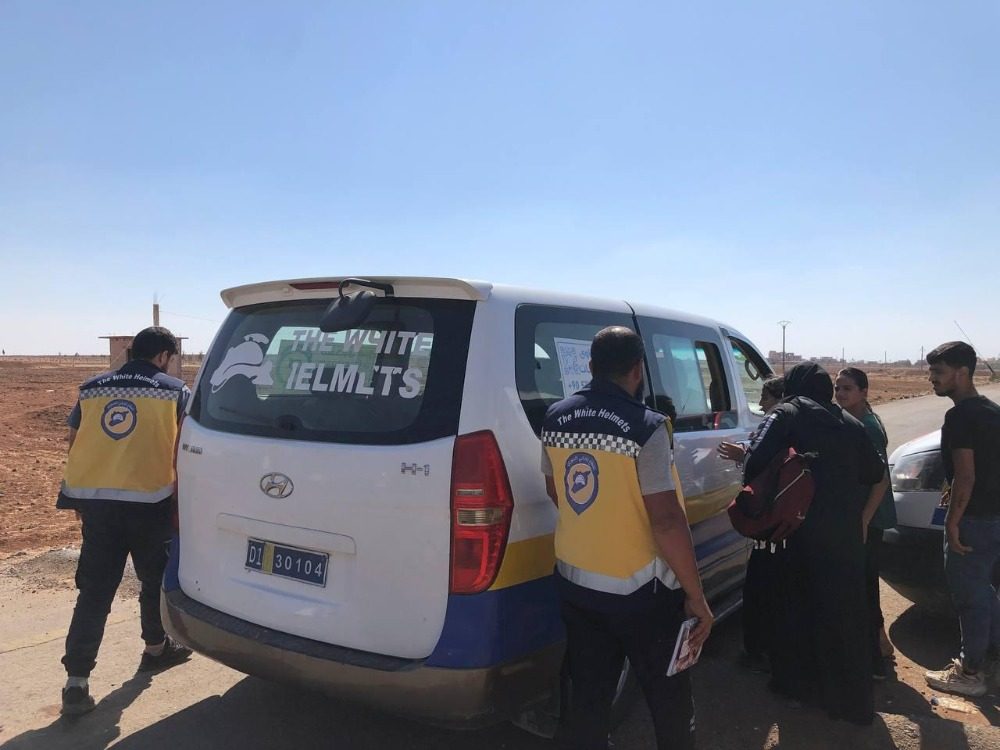
Hundreds of displaced Syrians left the Areesha camp in Hasakah countryside on Sunday, marking the 13th organized return coordinated by the United Nations High Commissioner for Refugees (UNHCR). The commission said 546 families, totaling 2,757 people, returned to areas including Deir Ezzor, Damascus, Homs, and Hama, according to Asharq Syria.
UNHCR officials said the returns are voluntary and supported by legal services, awareness sessions, and logistical assistance. “Our coordination seeks to ensure that displaced Syrians can return in dignity and safety,” the agency said.
SDF-Run Camps Remain Restrictive
The camp, managed by the Autonomous Administration of North and East Syria (AANES), has held thousands of people since its establishment. While the number of residents has dropped from around 14,000 to 11,000 through recent departures, many families remain unable to leave due to “security restrictions.”
In June 51 families left Areesha camp as part of the twelfth flight, heading to their home areas in Deir Ezzor and its countryside in eastern Syria while 41 families were cleared to leave the notorious Hawl camp the same month as part of the “Hope Convoy.” Salwa Jajo, co-chair of the Areesha camp administration, told North Press that more families are registered to depart in the next phases.
However, the camps located in Hasakah Governorate, which are under the control of the Syrian Democratic Forces (SDF), are characterized by “different security and administrative conditions,” often more like detention, than refugee camps.
Ongoing Forced Displacement in Suwayda
While some displaced Syrians are returning home, others continue to be uprooted. The Syrian Civil Defense documented the departure of 143 families—535 people—from Suwayda via the Busra al-Sham humanitarian crossing on August 25 and 26. Defense teams provided assistance to families, many of whom were seeking safety elsewhere.
Local reports highlight ongoing unrest in Suwayda, where Bedouin civilians have faced forced displacement by Druze militias believed to have ties to Hikmat al-Hijri. Advocacy groups say that these minorities have been pressured to abandon their homes in rural areas, compounding displacement patterns that stretch back years.
Aid Convoys Continue to Provide Support
In response, humanitarian organizations have scaled up efforts in the region. The Syrian Arab Red Crescent (SARC) reported it has delivered 17 aid convoys to Suwayda since July, with food assistance supported by the World Food Program (WFP). Communications officer Omar al-Maliki said the organization is tailoring its response to local needs across Suwayda, Daraa, and Damascus countryside.
Still, aid groups warn that displacement, whether voluntary or forced, continues to unsettle communities. Civil Defense teams noted dozens of families left Suwayda in August alone, while others returned to the province under fragile conditions.
With ongoing restrictions in the northeast and localized displacement in the south, humanitarian officials say that Syria’s internally displaced population remains vulnerable. UNHCR emphasized that durable solutions require not just organized returns but also protection from forced evictions and sustained investment in recovery efforts.








